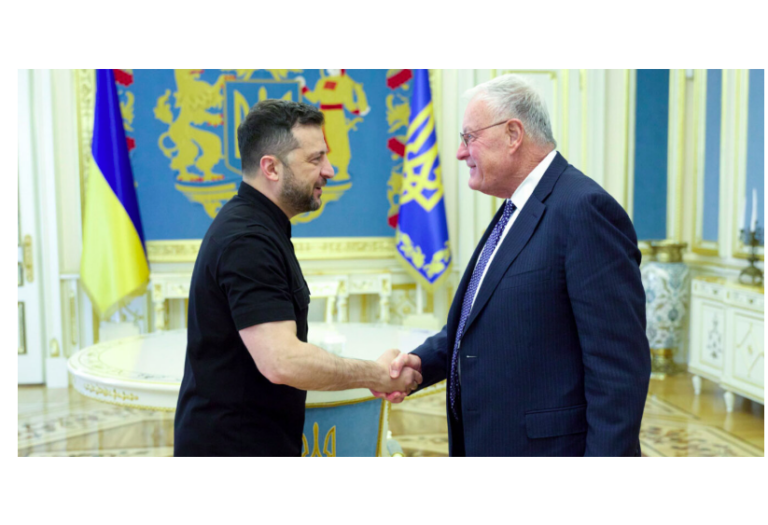The Orion spacecraft is a vital element of NASA’s Artemis program, which aims to land the first woman and the next man on the moon by 2024.
ESA is overseeing the development of the European Service Module, the part of the Orion spacecraft that provides air, electricity, and propulsion.
“This service module is providing power, propulsion, electricity, thermal control and all the consumables for the astronauts, oxygen, and water. It’s the powerhouse of the spacecraft,” explains Andreas Hammer, head of the space exploration at aerospace firm Airbus.
In November 2018, ESA delivered the first module – known as ESM-1 – to NASA’s Cape Canaveral in Florida.
Later this year, Orion and its attached ESM-1 are expected to fly near the moon, but not land, as part of an uncrewed test.
ESA says ESM-2 and ESM-3 are now nearing completion and will be transferred to the U.S. later this summer.
While ESM-2 will take four astronauts on a flyby around the moon in late 2022 or early 2023, ESM-3 is expected to land the first humans on the moon since 1972.
“That’s exactly the one which brings the first woman to the moon and the next man back to the moon. That’s the ESM-3, which will be built with the Orion spacecraft, the Artemis 3 mission,” says Hammer.
Aerospace firm Airbus has developed and built the high-tech propulsion modules on behalf of the European Space Agency (ESA) in Bremen, northern Germany.
also read
Greek singer accused top politician of ‘sexist behaviour’ on a yacht (video)
Rafale jets roar over the Aegean Sea (12+2 breathtaking images – video)
ESA said on Tuesday (2 February), it had signed a contract with Airbus for a further three more European Space Modules at a cost of around 650 million euros. They will be built at Airbus’ facility in Bremen, Germany.
“Without the service module, SLS will not fly. Without the service module, Orion will not bring astronauts to the lunar Gateway or to the moon,” says Jan Woerner, ESA’s outgoing Director-General.
“And therefore, with this contract, which will be signed today, the value of something like 650 million euros and with participation from nine ESA member states, it’s a very important step into that direction.”
Future missions will carry astronauts, with the goal of building an outpost just beyond the moon that could enable lunar landings and Mars expeditions.
NASA named its moon program Artemis after the twin sister of Apollo in Greek mythology, who is the Greek goddess of the moon.
ESA’s collaboration with NASA also means seats for European astronauts on future Artemis missions.
“Just as we started to travel to Antarctica a century ago, we now have a lot to learn from the moon, our eighth continent,” says ESA astronaut Alexander Gerst.
credit NASA
source AP
Ask me anything
Explore related questions





